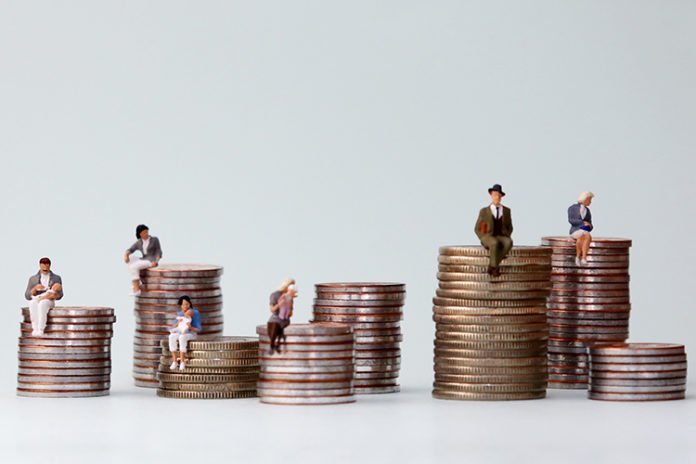UC Berkeley neuroscientist Ming Hsu and individual analysts have created a computational model that can anticipate how much we discriminate against each other are based on our generalizations of groups as per their apparent warmth and ability.
For instance, in one test known as the “dusctator game,” think about members dispensed a greater amount of their cash to a player described as Irish, whom they saw as warm than to an English player, whom they saw as more skillful yet less warm. This bias brought about quantifiable advantages for individuals from the group appeared as warmer.
To look at how stereotypes about the groups drove people’s choices to pay out differing amounts, the researchers drew on an established social psychology framework that categorizes all stereotypes along two dimensions: those that relate to a person’s warmth (or how nice they are seen to be), and those that relate to a person’s competence (or how intelligent they are seen to be).
These ratings, they found, could be used to accurately predict how much money people distributed to different groups. For example, “Irish” people were perceived as warmer but slightly less competent than “British,” and received slightly more money on average.
UC Berkeley neuroscientist Ming Hsu said, “We found that people don’t just see certain groups as warmer or nicer, but if you’re warmer by X unit, you get Y dollars more.”
The researchers found that disparate treatment results not just from how people perceive others, but how they see others relative to themselves. In allocating money to a partner viewed as very warm, people were reluctant to offer them less than half of the pot.
Yet with a partner viewed as more competent, they were less willing to end up with a smaller share of the money than the other person. For example, people were ok with having less than an “elderly” counterpart but not less than a “lawyer.”
To test whether their findings could be generalized to the field, scientists tested whether their model could predict treatment disparities in the context of two high-profile studies of discrimination.
The first was a Canadian labor market study that found a huge variation in job callbacks based on the perceived race, gender, and ethnicity of the names on resumes. Scientists found that the perceived warmth and competence of the applicants—the stereotype based solely on their names—could predict the likelihood that an applicant had gotten callbacks.
Scientists noted, “The way the human mind structures social information has specific, systemic, and powerful effects on how people value what happens to others. Social stereotypes are so powerful that it’s possible to predict treatment disparities based on just these two dimensions (warmth and competence).”
The study is published in the Proceedings of the National Academy of Sciences.
